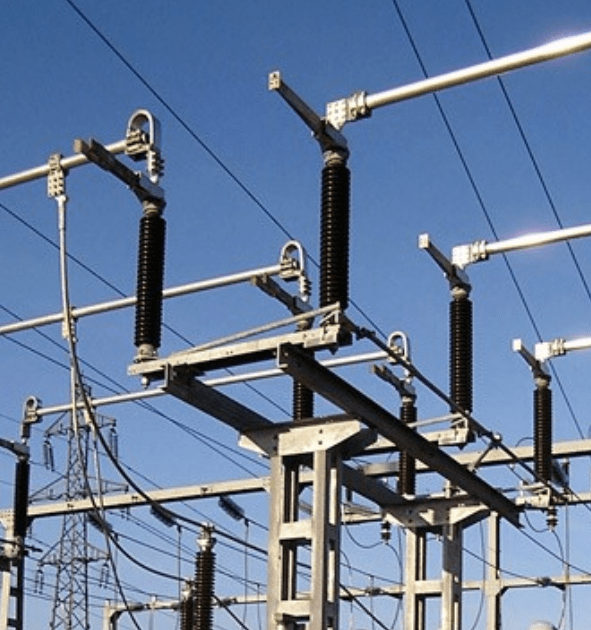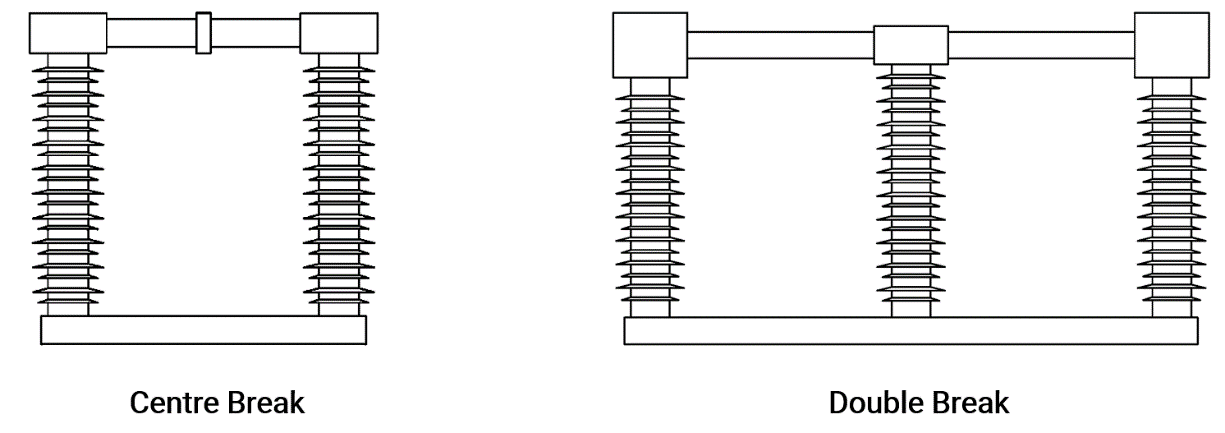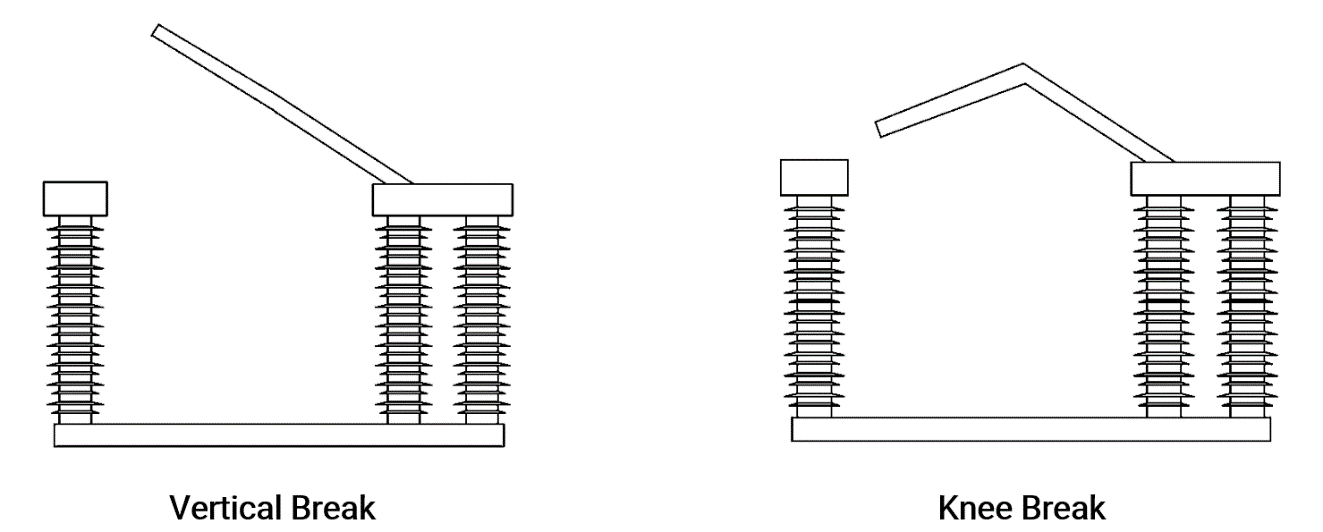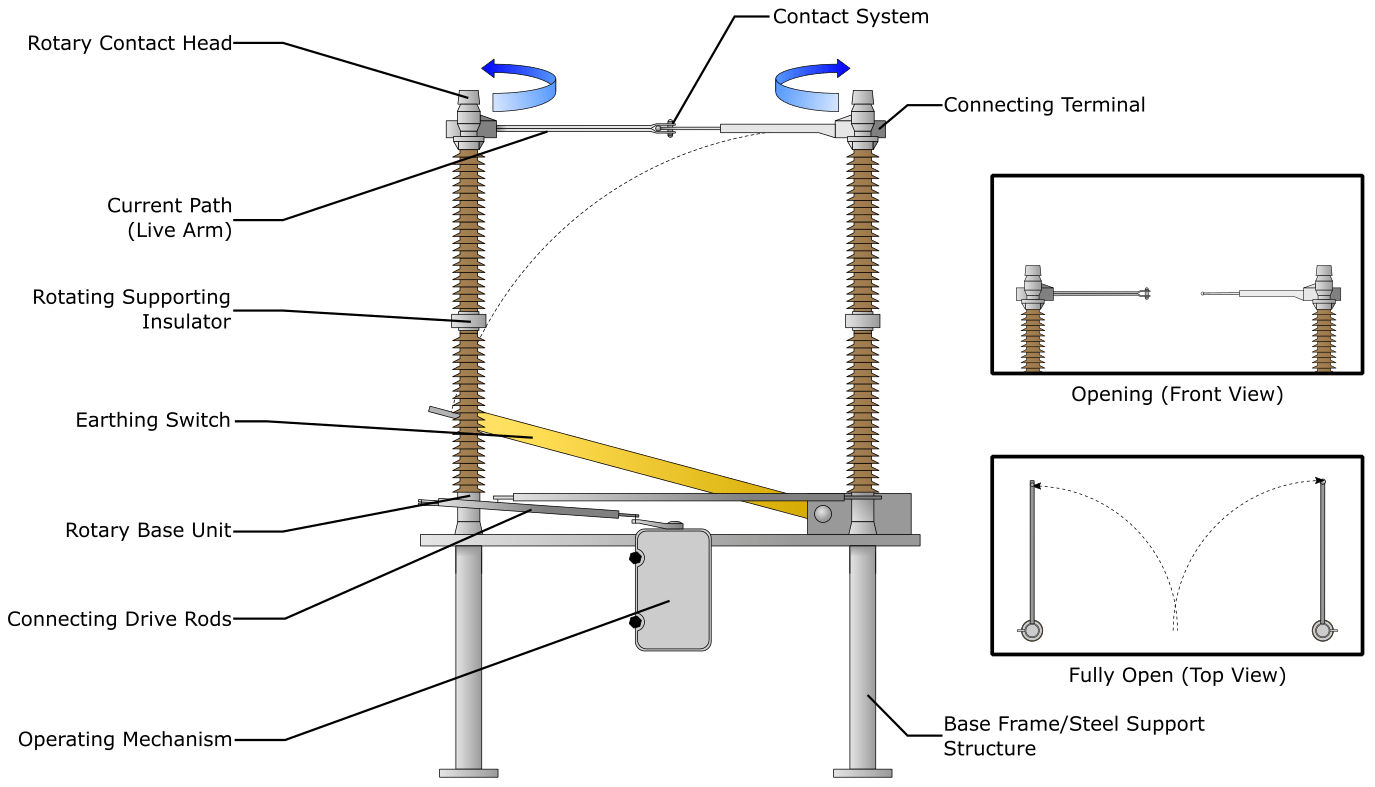Introduction
A disconnector (disconnecting switch) is a switching device used to provide safe isolation by de-energising parts of an electrical network e.g. an overhead line, transformer, or bus bar etc. By virtue of their isolating function, disconnectors are sometimes also called isolators. The primary function of a disconnector is to serve as a visual indicator of whether an electrical connection is open or closed; this lets network operators know if the circuit/equipment is either energised or de-energised. It is important operators can confirm the energised state of the circuit/equipment in order that they can safely perform inspections, maintenance, and repairs, without unnecessary risk.

Disconnector Switch (Courtesy of SDCEM)
Moreover, earthing switches are employed in conjunction with disconnectors to earth the de-energized parts of the system, by providing an effective bonding/connection to ground.
Application of disconnecting switches to provide safe working isolation in power systems dates back to the early 1900s. At that time, safety codes required relevant disconnectors to be opened so that a ‘visible break’ was provided; the break was then blocked to prevent unauthorised closing. In addition to safe electrical isolation, protective grounding was also made mandatory; this requirement led to the development of earthing switches.
.jpg)
Substation Disconnectors (Elevation View)
Enjoying this article? Then be sure to check out our Engineering Video Courses! Each course has a quiz, handbook, and you will receive a certificate when you finish the course. Enjoy!
Disconnectors
Different types of air-break disconnectors are used in substations, these are the centre break, double break, vertical break, knee break and pantograph types. The type of disconnector switch used depends on the substation layout, design, and spatial constraints.

Centre and Double Break Disconnectors

Vertical and Knee Break Disconnectors

Pantograph and Semi-Pantograph Disconnectors
Parts and Construction
All disconnector types consist of the same basic components:
- Current/live part – the part of the disconnector that carries electrical load.
- Contact system – the point where the disconnector makes or breaks the electrical circuit.
- Supporting and rotating insulators – insulators reduce leakage/creepage current and reduce the likelihood of flashover.
- Operating drive and connecting rods – used to actuate (make/break) the disconnector (usually an electric motor is used).
- Base frame – allows for the disconnector to be mounted or installed easily.

Centre Break Disconnector Components
What is the difference between disconnectors and circuit breakers?
The feature that differentiates disconnectors from circuit breakers is that disconnectors do not possess the capability of current interruption. This means that a disconnecting switch cannot be opened when it is conducting current and cannot be closed when there is voltage across the terminals. The key working concept for a disconnector is the electrical distance it creates when opened, thereby providing a visible isolation gap.
Note: A disconnector can interrupt a small current when, after opening, a negligible voltage appears across the contacts.
Related Online Engineering Courses
Introduction to Electrical Switchgear
Electrical Substations Explained
Additional Resources
https://en.wikipedia.org/wiki/Disconnector
https://pure.tue.nl/ws/files/2370686/200410772.pdf
http://www.tekhar.com/Programma/Siemens/Commutacia/High_voltage/pdf_pict/leaflet_e.pdf